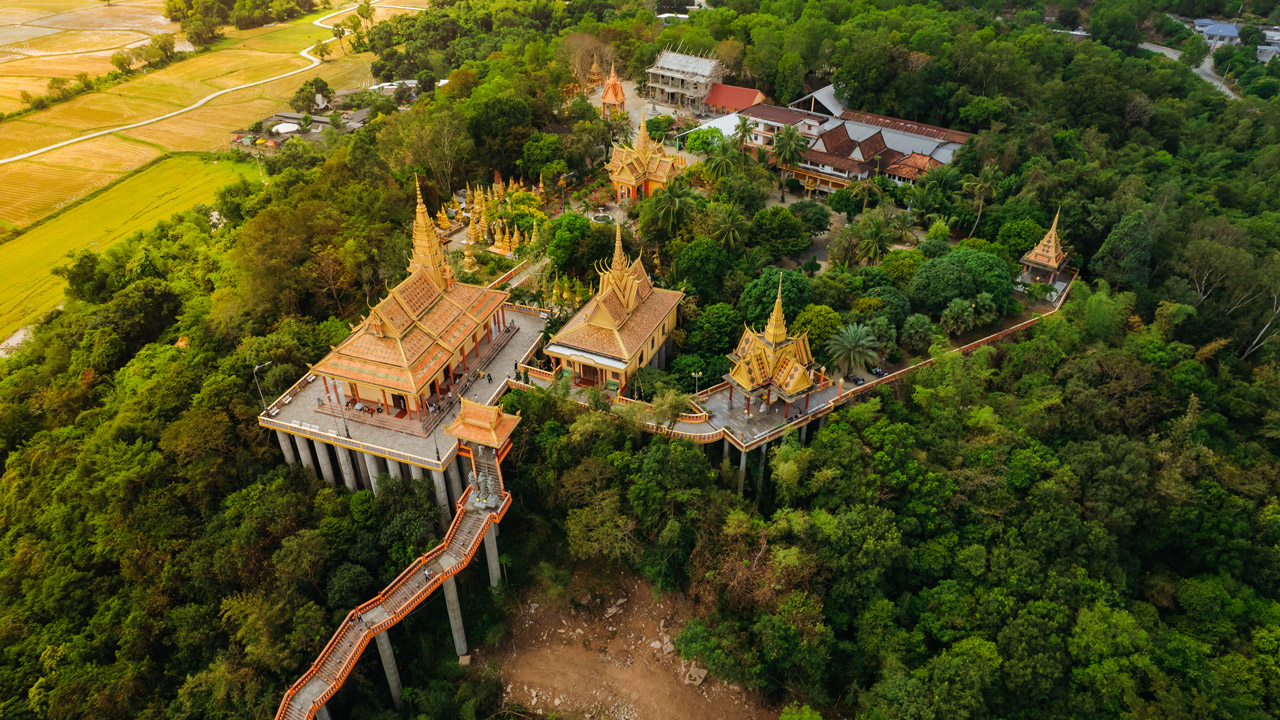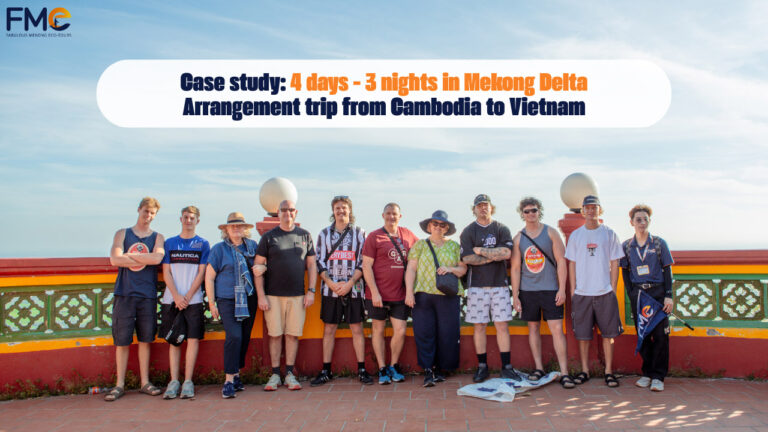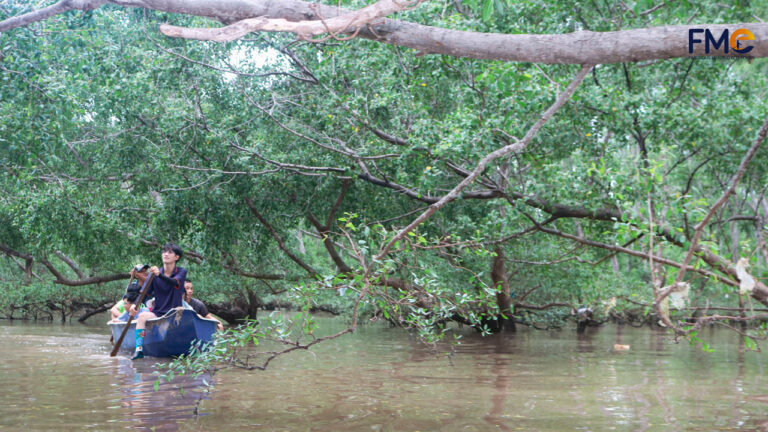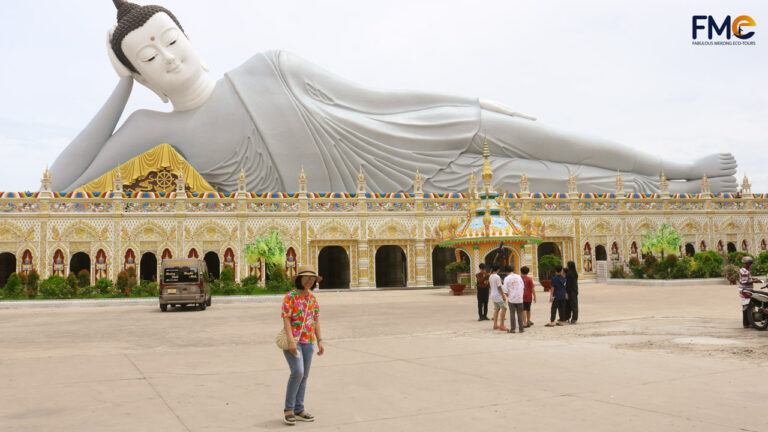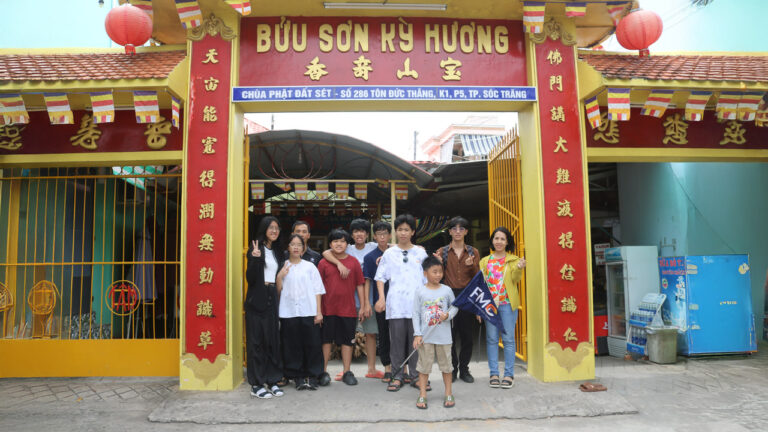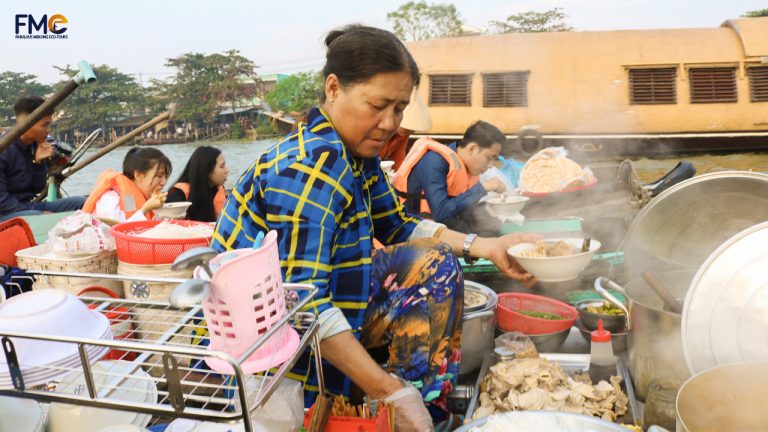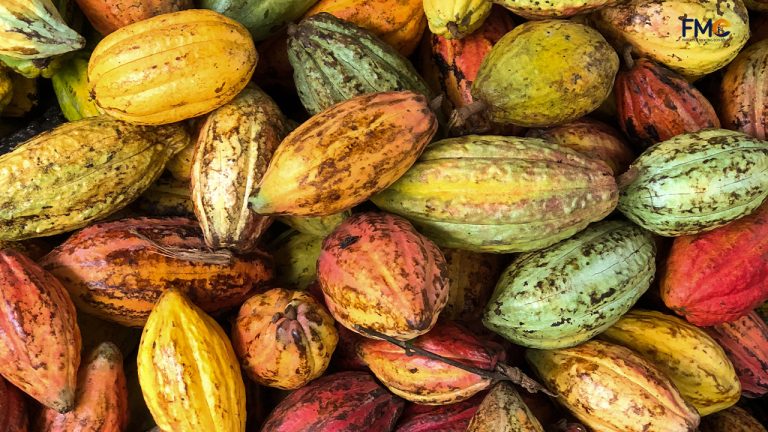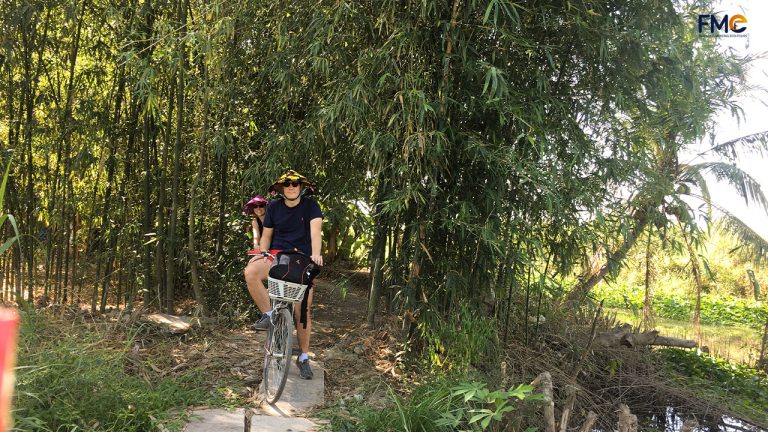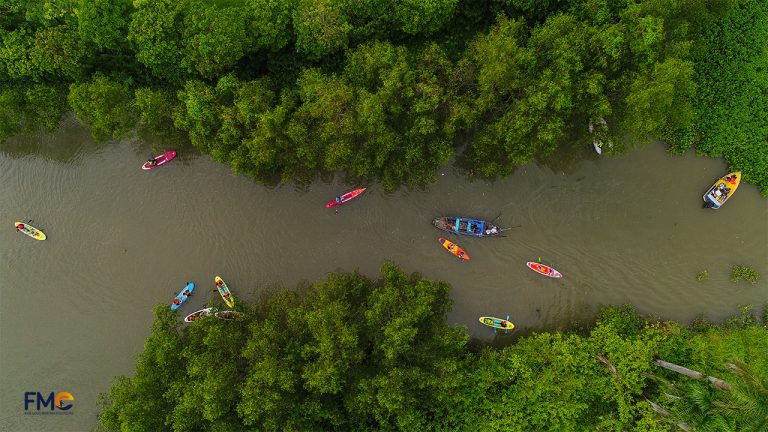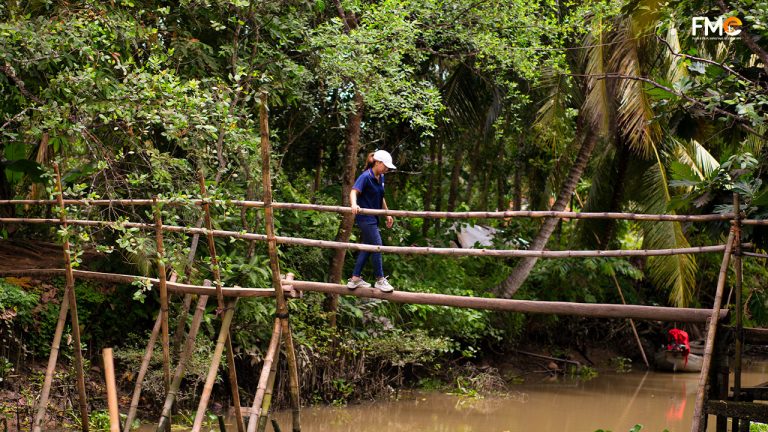QR Code
TRAVEL STORIES AND NEWS
Explore Mekong Stories
Picture this: a ferry gliding over the Hau River, the scent of sugarcane on the breeze, and 52 team members from Can Tho International…
Explore the Mekong Delta with FME Travel & RMIT. Vibrant culture, wild nature, and unique learning await in Can Tho. Start your journey today.
Discover Can Tho street food scene with FME Travel! A cultural exchange where international students explore authentic Vietnamese cuisine.
Dung Islet invites you to savor the Mekong Delta's authentic flavors with delicacies like snail salad, grilled field rat, and fresh seafood dishes.
Som Rong Pagoda in Soc Trang, home to the iconic Reclining Buddha and stunning Khmer architecture. A must-visit spiritual site in Vietnam.
Explore Clay Pagoda (Buu Son Tu) in Soc Trang, a unique spiritual site featuring intricate clay artifacts and Vietnam’s cultural heritage.
The Most Popular Tours offered by FME Travel

